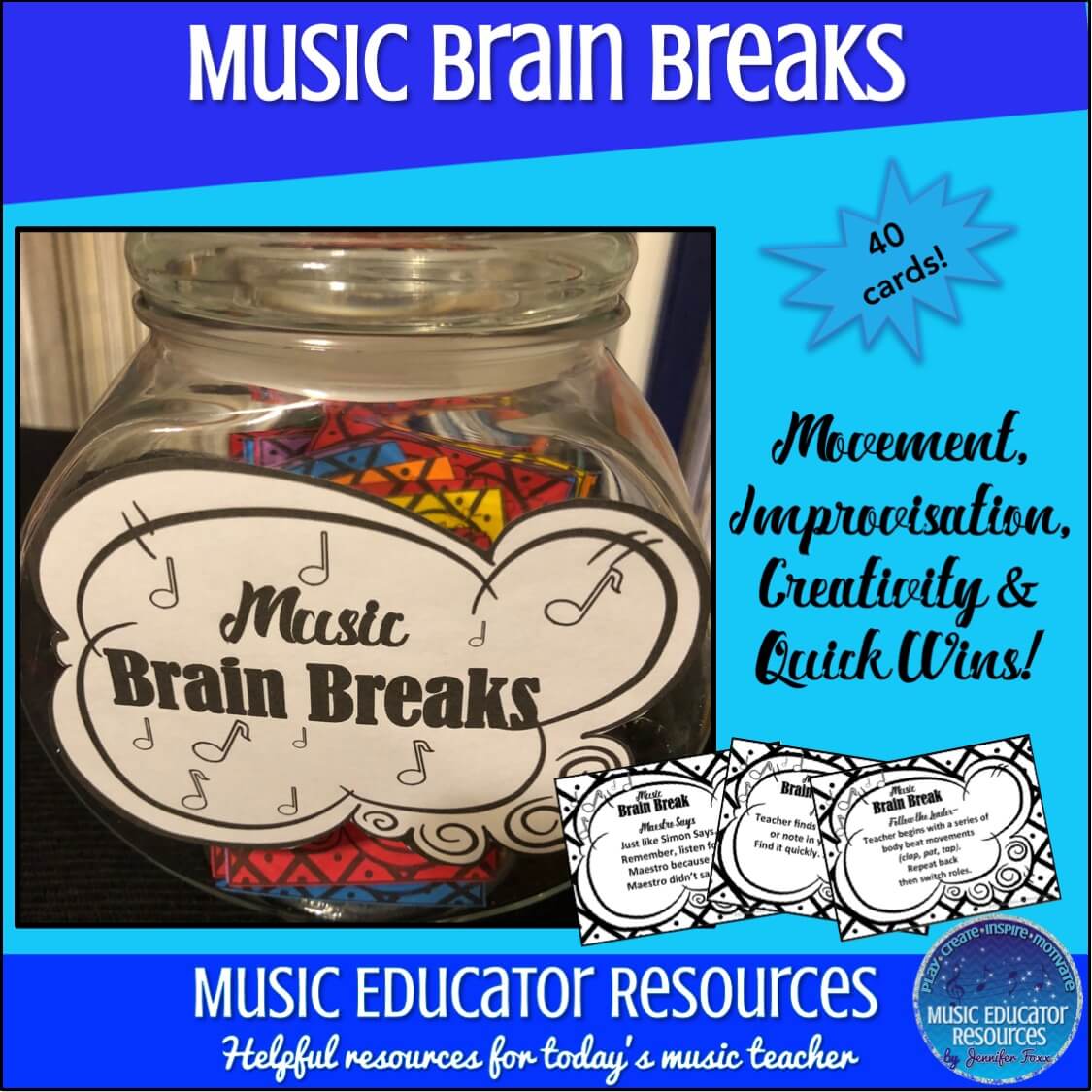Imagine this scenario: Your class is lined up quietly, waiting to be picked up by their teacher (who happens to be running late). You have only seconds to come up with something for your kids to do, but it’s too late. Your once-quiet line has erupted into 30 chatting students, and you’re pretty sure you just saw one raise her hand and say, “I solemnly swear that I am up to no good.”
How can you keep your students occupied while waiting on their teacher? And more importantly, how can you connect this activity with serious music learning?
I’m going to share some blog posts with easy line activities that you can do while waiting on a late teacher.
The Sound Game
This game was born from necessity and my strange talent for “winging it”. I’d been waiting several minutes for a late teacher in my first year. I could tell that I’d lose all control of the classroom if I didn’t do something. So, I winged it.
I walked over to the piano and began to play. I started with a high trill, and told students that they had to “wiggle their fingers high in the air” each time they heard it. Next, I played a low, sustained note, and told them to “crouch low to the ground”. I played a low, minor chord and had them act surprised and put their hands on their cheeks (like Macaulay Culkin in Home Alone). I continued in this vein until their teacher came. As the weeks progressed, I began adding more sounds until it became known by the students as “the sound game”.
The sound game reinforces the concepts of high/low, mood, tempo, rhythm, and more. And of course, the other teachers are always impressed by the “freeze sound”. You can download directions for this game and read more about it HERE.
Easy Activities List
You’ll have your pick of activity ideas from Michelle’s Blog at Music With Mrs. W. She shares 15 easy and quick activities you can do while waiting in line. Below are two of my favorites:
Rapid fire Q&A. Ask a question that will have a 1-3 word answer, gives students 10 seconds to think of their answer, and go down the line quickly. I used this technique on Halloween when every student wanted to tell me what they were going to dress up as.
Review technique for singing and/or playing. Tell students you are going to demonstrate a skill two ways, one is right and one is wrong. Demonstrate something, such as singing posture: slumped vs. straight and tall. Have students put up one or two fingers to show which one they think is the correct way.
She shares a variety of ideas that include the concepts of inner hearing, vocabulary, rhythms, and more. You can read her entire list HERE.
Finish My Phrase Game
For this game, all you need is your singing voice. To play, you’ll tell students to listen to you sing a song. Their job is to “sing along in their mind’s ear”. Then, you’ll stop singing in the middle of a phrase, and they have to finish it (singing out loud).
This game is a clever way to get students to practice their inner hearing. You can remind them that all the great composers (such as Beethoven) use inner hearing. It’s also a great way to see how well students know their songs.
Poison Patterns
You’re probably already familiar with this popular game. Poison patterns is a game in which you label a pitch or rhythm pattern as “poison”. Then, you have students echo you as you sing/clap random patterns. If you sing/clap the poison pattern, and the students echo back, then they’ve been “poisoned”. If not, then they win! This is a great game for keeping kids on their toes. You can also take this moment to assess their skills and see if they’re ready to move on to a new rhythm or pitch.
What activities do you use while waiting in line. Please share them in the comments. I’d love to hear your ideas!































